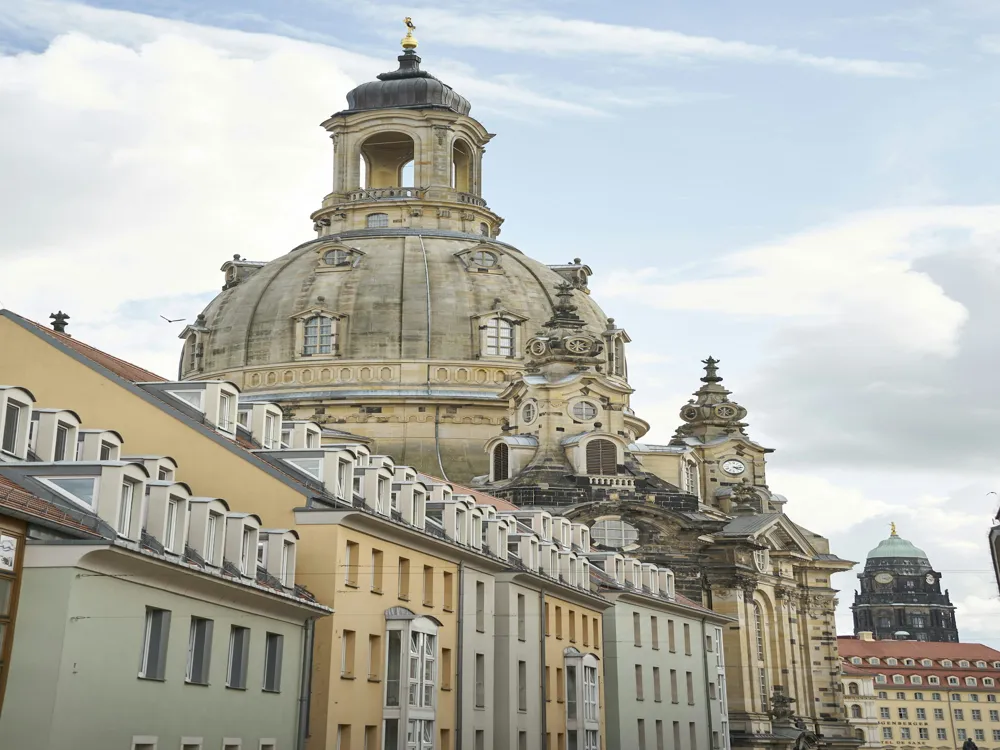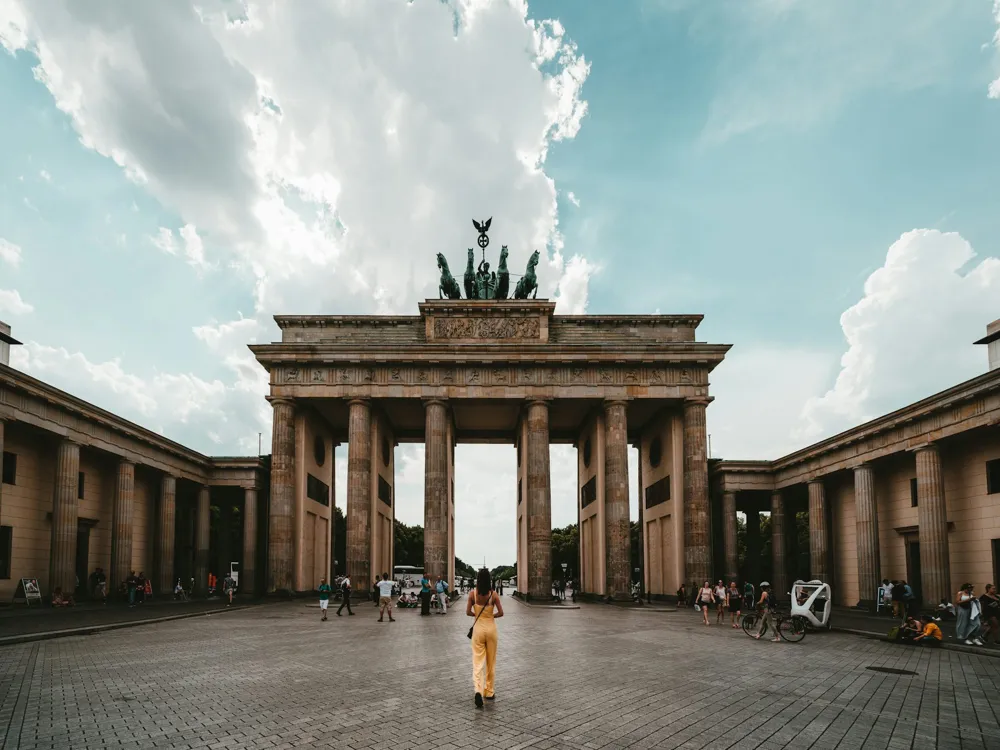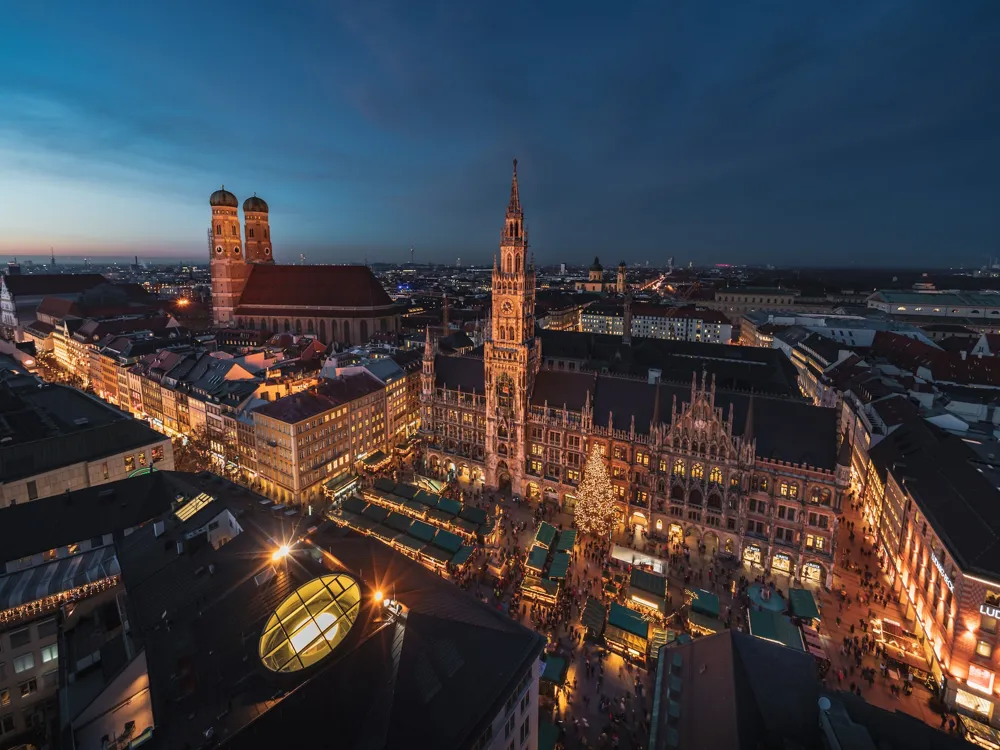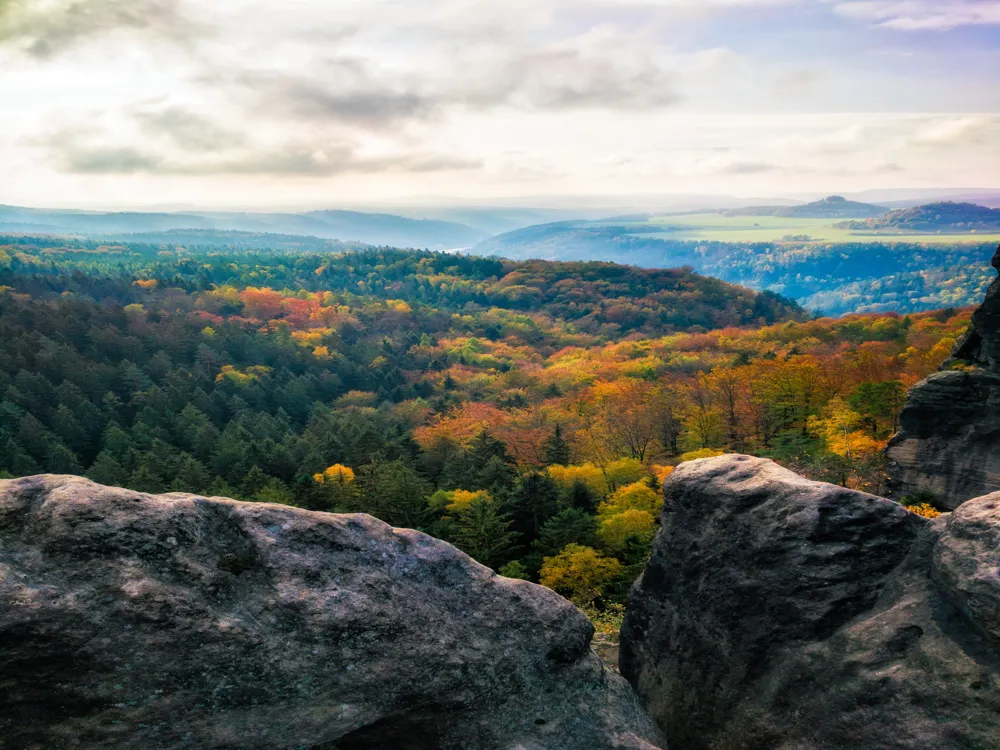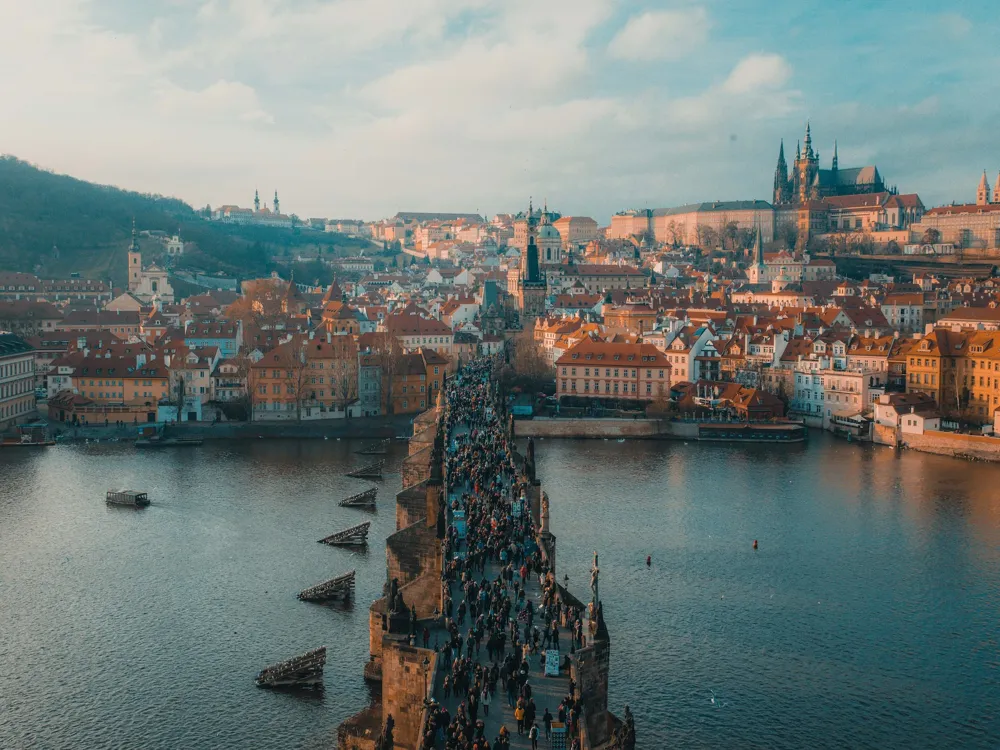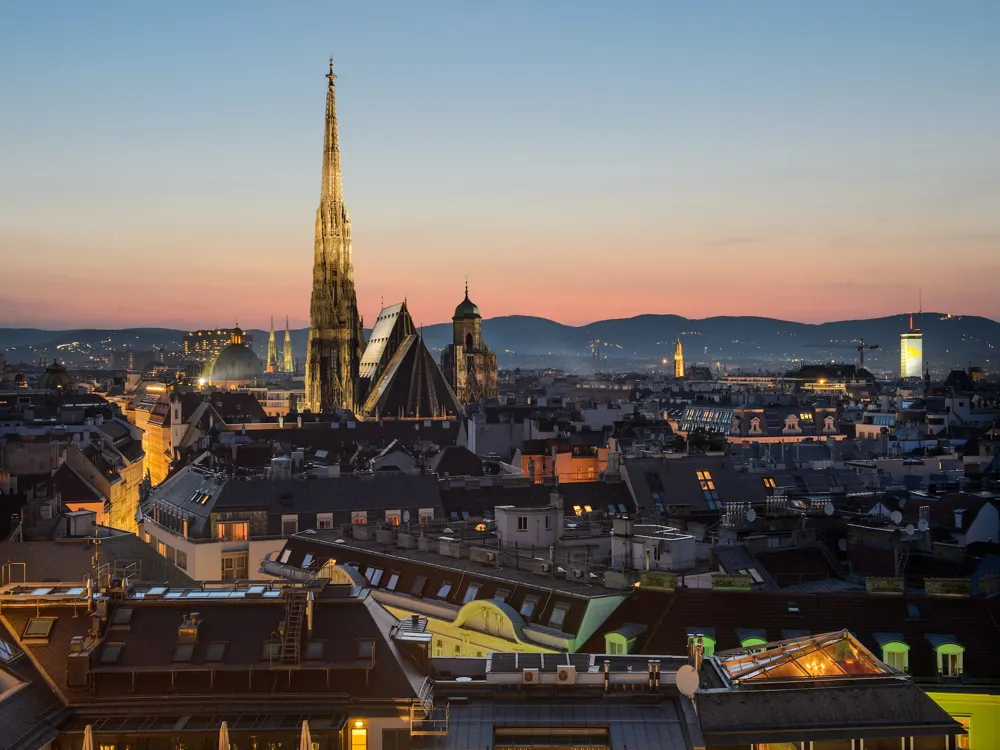The Albertinum, a renowned art museum located in the heart of Dresden, Germany, stands as a testament to the rich cultural and artistic heritage of the region. This magnificent building, named after King Albert of Saxony, houses a vast collection of art ranging from the Romantic period to contemporary works. Its prominent position on the banks of the Elbe River adds to its picturesque charm, making it a must-visit destination for art enthusiasts and historians alike. The museum's history dates back to the late 19th century, originally serving as a repository for sculptures and a gallery for the royal art collection. Over the years, the Albertinum has undergone several transformations, adapting to the changing times and needs of its visitors. Today, it is celebrated not only for its impressive art collection but also for its remarkable architecture, which blends historical and modern elements seamlessly. Inside, visitors can explore a diverse array of artworks, including masterpieces from the Romantic period, impressionist paintings, and contemporary art pieces. The Albertinum is also home to the Galerie Neue Meister (New Masters Gallery) and the Skulpturensammlung (Sculpture Collection), each offering a unique perspective on the evolution of art through the centuries. The museum's commitment to showcasing a wide range of art styles and periods makes it a dynamic and educational experience for all who enter its doors. The architecture of the Albertinum is as captivating as the art it houses. Originally designed by Carl Adolf Canzler and Gustav Friedrich Hänel in the late 19th century, the building is a splendid example of Renaissance Revival architecture. The structure was heavily damaged during World War II but was meticulously restored, retaining its original grandeur while incorporating modern elements to suit contemporary needs. The building's facade is characterized by its symmetrical design, grand columns, and intricate detailing, embodying the elegance of the Renaissance period. The interior, however, offers a stark contrast with its modern renovations. The most notable contemporary addition is the translucent roof, which floods the exhibition spaces with natural light, creating an inviting and vibrant atmosphere for the display of artworks. The blending of old and new architectural elements not only enhances the aesthetic appeal of the Albertinum but also symbolizes the museum's mission to bridge the gap between historical and modern art. This harmonious fusion makes the Albertinum a unique architectural marvel, reflecting the evolving nature of art and its ability to adapt and thrive through different eras. While the Albertinum is a year-round destination, the best time to visit is during the spring or early autumn. During these seasons, the weather is pleasant, and the crowds are usually smaller, allowing for a more relaxed and intimate experience with the art. To enhance your visit, consider joining a guided tour. These tours offer insightful commentary and context about the artworks and the museum's history, enriching your understanding and appreciation of the exhibits. Photography is allowed in most areas of the Albertinum, but flash photography and tripods are prohibited. Always check for specific photography rules in each gallery to respect the preservation of the artworks. The Albertinum is committed to accessibility for all visitors. Wheelchair ramps, elevators, and accessible restrooms are available throughout the museum. Special tours for visitors with disabilities can also be arranged in advance. Reaching the Albertinum is convenient, whether by public transport or car. The museum is located near several tram and bus stops, making it easily accessible from various parts of Dresden. For those driving, parking is available in the vicinity of the museum. Additionally, the museum's proximity to other major attractions in Dresden makes it an ideal stop in any city tour itinerary. Read More:Overview of Albertinum in Dresden
Architecture of Albertinum
Tips When Visiting Albertinum
Best Time to Visit
Guided Tours
Photography Policy
Accessibility
How to Reach Albertinum
Albertinum
Dresden
NaN onwards
View dresden Packages
Weather :
Tags : Museum
Timings : Tuesday - Sunday: 10:00 AM - 6:00 PM
Entry Fee : Adult - EUR 10,
Concession - EUR 7.50,
Under 17 years - Free
Planning a Trip? Ask Your Question
Dresden Travel Packages
View All Packages For Dresden
Top Hotel Collections for Dresden

Private Pool

Luxury Hotels

5-Star Hotels

Pet Friendly
Top Hotels Near Dresden
Other Top Ranking Places In Dresden
View All Places To Visit In dresden
View dresden Packages
Weather :
Tags : Museum
Timings : Tuesday - Sunday: 10:00 AM - 6:00 PM
Entry Fee : Adult - EUR 10,
Concession - EUR 7.50,
Under 17 years - Free
Planning a Trip? Ask Your Question
Dresden Travel Packages
View All Packages For Dresden
Top Hotel Collections for Dresden

Private Pool

Luxury Hotels

5-Star Hotels

Pet Friendly











